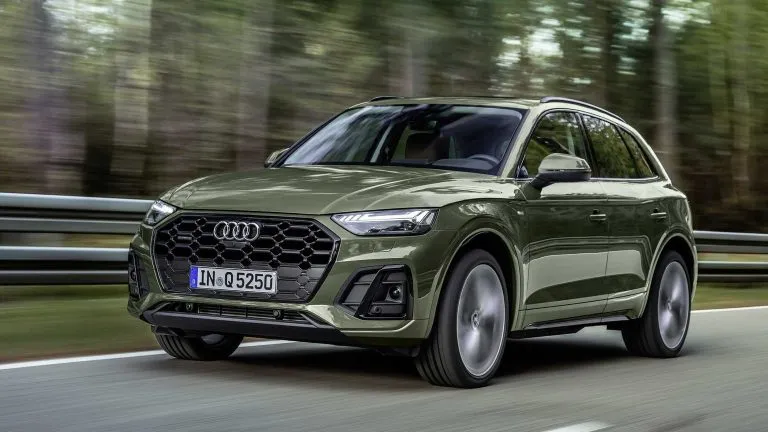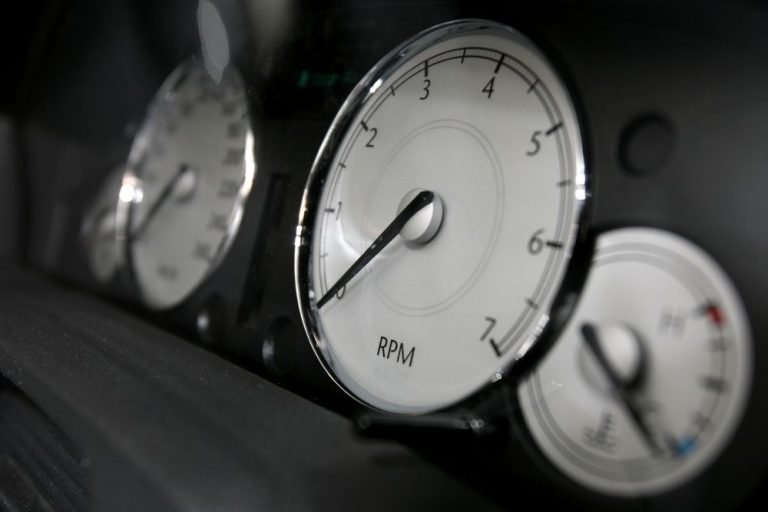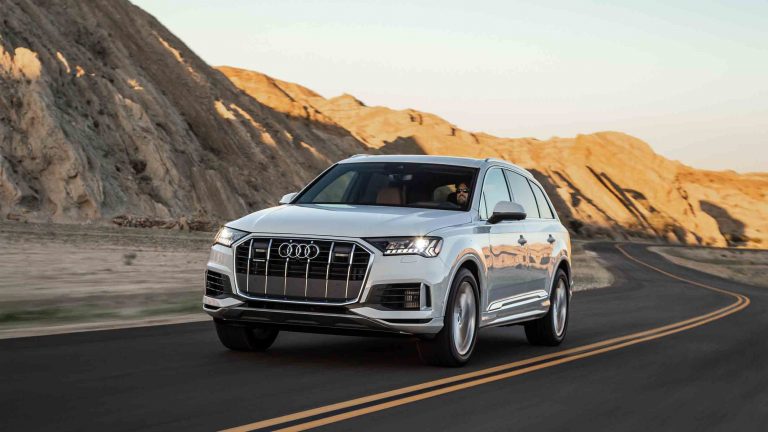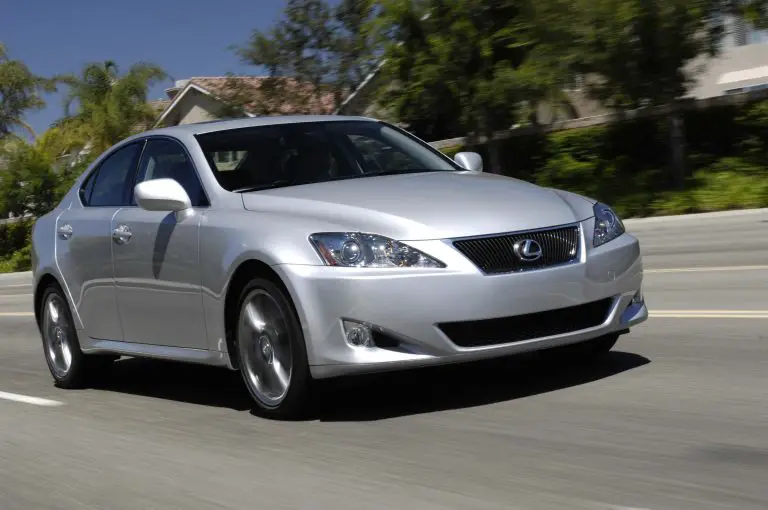Does The F22B1 Have Much Potential?
The Honda F series engine is one of the most quintessential that the brand has ever developed. Whether you are quite familiar with this particular engine series or not there is a lot of interesting information within this blog post that you likely won’t be familiar with.
So, what exactly is the F series of engines, where does the F22B1 sit within the F series hall of fame, and how much potential does the F22B1 actually have all things considered? We are going to get into all of that and more.
The Honda F Series Engine
The F series is one of the most impressive and diverse that Honda has ever come out with. Whether you agree with the term or not, the F series was considered the first “big block” four-cylinder inline that Honda created.
With an iron-sleeved lock made of an aluminum deck cast, the F series was also one of the earliest signs of Honda innovating for significant weight to supplement the extra performance they were trying to produce. What made the F series special, and also what many would argue holds it back, is its single overhead camshaft. We will revisit this camshaft later.
The Honda F Series F22B1 Engine History
The Honda F series itself started in 1990 and ran through until 2001. The F22B1 of the F series only ran from 1994-1997. This is not a blight on its record at all as it had some pretty successful years as Honda’s go-to engine. The motor was used in the Honda Accord from 1994-1997 including all of the JDM models which says something.
Japan usually one-ups the USA with their domestic engines compared to their US counterparts so the fact that even Japan had the F22B1 as standard should give you some assurances about its quality. Additionally, the F22B1 was used in the Honda Acura CL and was the first F series engine to come with VTEC not only as standard but as an option.
The Honda F Series F22B1 Engine Specs
Below are the specs for the F series F22B1 as it came as standard in the Honda Accord from 1994 until 1997:
- Firing Order – 1-3-4-2
- VTEC switchover – 2300rpm
- Max Power – 145 BHP
- Max Torque – 147 lb-ft
- Valvetrain – SOCH 16 valve
- Redline – 6500rpm
- Fuel Control – OBD-1 PGM-FI
- Compression Ratio – 8.8:1
Does The F22B1 Have Much Potential?
Depending on how you define potential the F22B1 will very likely be considered a high-potential engine. That is not to say that as standard it is not a perfectly suitable engine. However, given that we are talking about an engine that both entered and exited the market twenty-plus years ago what we found suitable then and find suitable now may not overlap quite as much as you might think.
That being said, Honda is well known for its versatility and for creating engines that are accommodating to change. The F22B1 is well suited to plenty of simple upgrades if the 145 horsepower you are working with doesn’t quite feel enough.
Does the F22B1 Engine Still Hold Up Today?
Yes, the F22B1 engine still holds up today. These engines are manufactured to expect about 250-300k miles on them by the time they finally pack it in and call it a day. This is based on proper maintenance and oil changes, etc.
So, keep that in mind if you are purchasing one of these bad boys secondhand. Which you will be as they don’t make them as new. In terms of performance and reliability, the F22B1 engine is pretty on par with what Ford was putting out around this time, and even well into the early 2000s. The F22B1 holds up just fine to modern standards.
Can I Turbocharge A F22B1 Engine?
Part of the potential of the F22B1 that we mentioned early was its suitability for turbocharging. When you are trying to turbocharge an engine one of the things you need to consider is the engine compression ratio.
The level of engine compression is highly important to the functionality and efficiency of said engine. Turbocharging requires a relatively low engine compression ratio which many engines are not designed to function at.
For example, the F22B1 is a very low compression level engine so it is excellent for turbocharging. Comparatively, an engine that is rated for an 11:1 compression ratio would need to decompress by about 20-30% before it would work. The F22B1 is not only suitable for turbocharging it is almost designed for it. Is that what Honda had in mind when they created the F series? Probably not!
But hey, at the very least we can consider it a happy accident. Just because the F22B1 is a VTEC does not mean it cannot be turbocharged, the two are not the same thing nor are they mutually exclusive, just for clarity’s sake.
What Is The Value Of A F22B1 Engine?
If you were to find a near-new F22B1 and for some reason wanted to swap it into whatever it is you are driving now, they would probably run you about a thousand bucks. Not too bad for an engine but there are probably better uses for a thousand dollars. If you managed to find one that is used, has a decent amount of miles on the clock, but is otherwise in pretty good condition you are looking at around $400-$500.
If, however, you decide you just want to use an overhaul kit to replace bits and pieces of the engine it’ll only cost you about $250-$300. And some elbow grease. There is a great range of prices for the F22B1 and many of them would be considered good value for money depending on the quality of the specific engine you are purchasing.
Conclusion
So, does the F22B1 engine have potential? Yeah, I’d say so. It is a great engine with a rich history and is highly suitable for changes and modifications. Whether that means turbocharging it or simply upgrading the ECU, the F22B1 has a ton of potential to well surpass its 145 brake horsepower stock specs.




